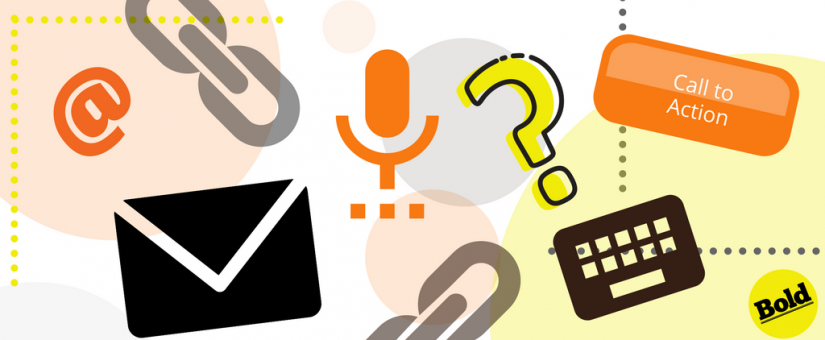Think of what is in your inbox now. You will probably find a raft of promotional emails, some purchase confirmations, a newsletter or two and even those treasured treats: offers, vouchers and freebies.
Love them or hate them, they are a key ingredient of your marketing mix and one you should most definitely employ on a regular basis.
“Email is passé. Why not just use social media?”
True enough, email has been around a long time. In fact, it was invented in 1971. So if you choose not to wear flared trousers or sport a mullet, why would you opt for email over social media?
Social media is a great why of reaching a large network of people. With just a few pounds a day, your message will be seen by hundreds of potential fans. However, as we have noticed over the last few years, the organic reach of your page posts has been dwindling. What does this mean? Rather ironically, while you can gain a new audience on social media, it’s not so easy to talk to people you already have a connection with. Your page posts may only be seen by around 2% of your followers thanks to how Facebook now prioritises newsfeed content.
So how do you maintain the relationship? That’s where email is still an incredibly useful medium. You can write to your audience weekly to promote new features, products and blogposts on your website.
Email comes with its own challenges. How do you get your fans to sit up and take notice of your comms? Will they even see them in the inbox?
In a recent article, we explored how to make your email visually-compelling. But what about the words themselves?
In some ways, making an email that looks attractive is the easy part. It’s afterwards, when you have to decide the exact words to put in those short paragraphs that the fun really starts: when snappy copy can only be given two cosy lines below your product image or you risk making the columns uneven, and the call to action button needs just the right verb to trigger action. Then there is the fear of being perceived as spam or “click-bait”, not only by humans but by those filters keeping your inbox clean.
Panic not – Let us walk you through some of the best practices for email marketers struggling to find the words.
Bold Tip #1 – Avoid sounding like spam
Easier said than done, right? Let’s simplify it. Avoid adjective-noun collocations beginning with “free”. So free refund, free quote and free trial are out.
Also, try to find alternatives for “no cost/fees” and “no obligation”.
Minimise the occurrences of “click” in your copy, for example “click here” and “click this link”.
Vocabulary reminiscent of pushy sales people are also best avoided. Spam filters are even cautious about innocuous financial services expressions like “disclaimer” and “terms and conditions.”
Bold Tip #2 – Get rid of marketing clichés
The spam filter is fussy over what it likes to read and so isn’t keen on clichés found in sales copy. Therefore, keep your message authentic. Eliminate instances of, for example, “You will not believe your eyes” and “What are you waiting for?”.
Bold Tip #3 – Call them by their name
Personalisation is key. Instead of “Dear friend,” use a person’s first name. Email clients have merge fields, so even large bulk newsletter sends can be given the personal touch.
Bold Tip #4 – Think about your overall voice
Don’t focus too heavily on individual words and phrases to leave out. You can say something is free if that is the case, but don’t litter your subject line and email copy with repetition. It’s all about context. If your email is stuffed with sales jargon or staid, tired advertising expressions, then how will this fuel a relationship? If you think you are beginning to sound like a stereotype, you should think about adopting a more human tone of voice.
Bold Tip #5 – Know your links
Ensure any links embedded in your copy connect you to a site with a good reputation. While link shorteners are perfect for social media, they are not such a good idea in emails, as spammers like to use these services to mask domains.
Also, don’t hide links – Format them properly so readers know what they are.
Bold Tip #6 – Keep your message short and sweet
If you don’t engage your reader right away, they won’t scroll down. Make sure your key message is prominent from the outset, along with the call to action. If your body copy is long, repeat the call-to-action towards the bottom of the text. Consider using only one call-to-action per email unless it is a newsletter with various pieces of information included.
Bold Tip #7 – Make your calls-to-action actionable!
Use calls-to-action which contain verbs with meaning. “Click here” won’t do. “Book now” or “Download my ebook” elaborate on the direction the customer is to take and will generate more click-throughs.
Bold Tip #8 – Don’t forget about alt-text
Alt-text is the information that explains what your images are about. It’s great for spam filters to know the purpose of your icons and photographs as well as people relying on screen readers. Include a short description of what your image is illustrating so no-one is missing out on the added value of your pictures.

